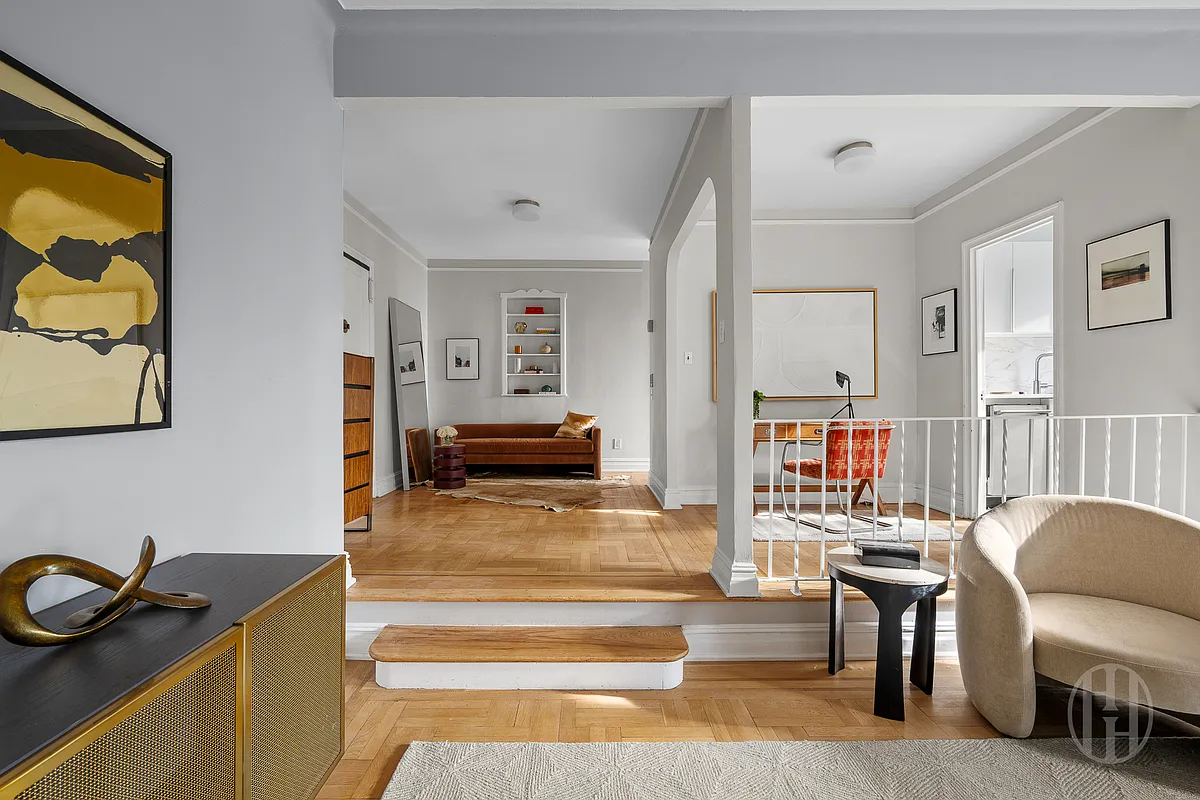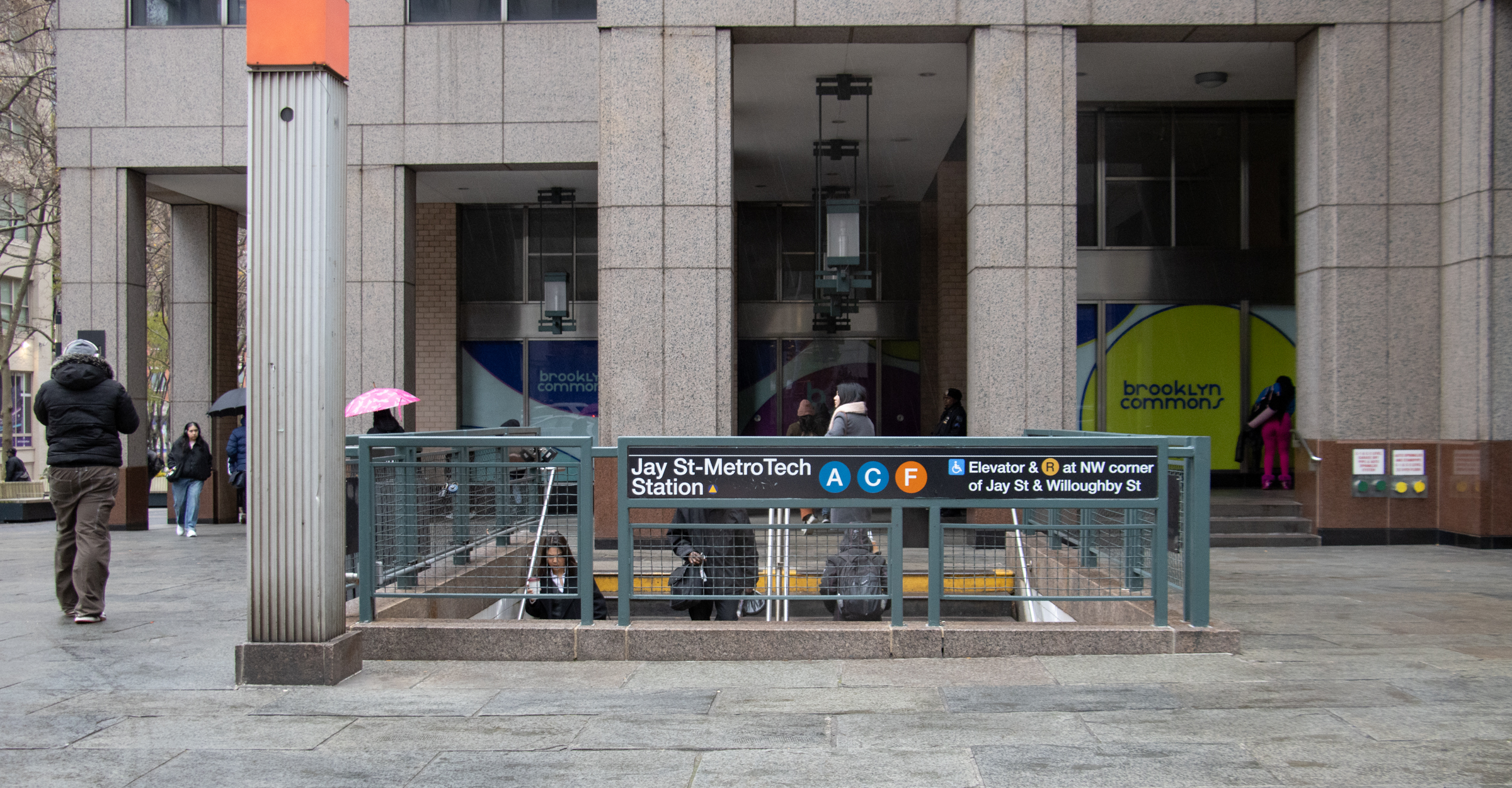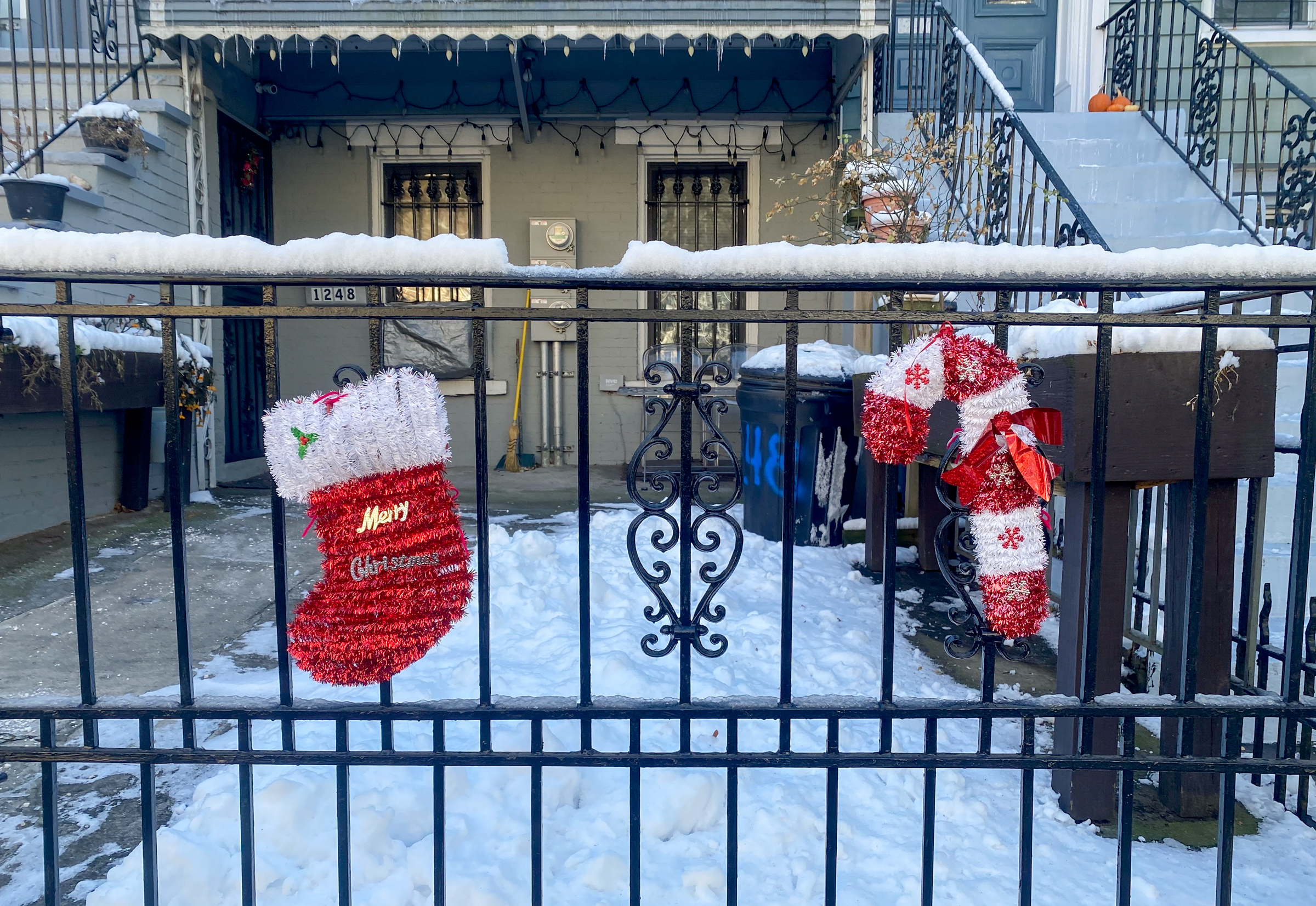The Ripple Effect of Northside Piers' Price Cuts
When Toll Brothers slashed prices at Northside Piers’ Tower 1 back in February, the effects rippled through the oversaturated Williamsburg condo market, reports The New York Post. The cuts took prices from a pre-market-slide average of $900 a foot down to about $700. “When they dropped those prices, they made anyone inland have to look…


When Toll Brothers slashed prices at Northside Piers‘ Tower 1 back in February, the effects rippled through the oversaturated Williamsburg condo market, reports The New York Post. The cuts took prices from a pre-market-slide average of $900 a foot down to about $700. “When they dropped those prices, they made anyone inland have to look at their prices,” explains David Maundrell, head of Aptsandlofts.com. “We had to be realistic and do what Toll Brothers is doing because it’s only a matter of time before buyers realize they can buy for $650 [per square foot] near the water.” For, example, at the Evry, a new 14-unit development AptsandLofts is marketing at 273 Manhattan Avenue, prices are under $600 a foot.
Will of the People [NY Post]





Benson, you’ve used that example in your building several times now. But things have changed a lot in the last few months. Friends of mine have a lovely family sized pre-war apt in prime PS that’s been on the market a long time now. The same apt in their bldg sold last year for over 1 mil, whereas my friends have already cut their price once and are now certain they will have to take under a mil, and even with that in mind, they have no bites (in fact, they have only one offer period, which is over 20% below ask). I think this puts a real dent in your theory that PS (or other prime areas, for that matter) can somehow withstand the downturn as well as you hope.
As long as prices are higher than construction costs, developers can make profits by new construction — and some will.
As long as land prices are higher than the available uses of vacant land (gardens?, parking lots?), landowners can make more money by selling to a developer — and some will.
As long as owner-occupants are willing to pay more than renters, landlords can make a profit by selling rental units to owner-occupants — and some will.
As long as owner-occupants are willing to pay more than commercial or industrial users, developers can make a profit by converting — and some will.
Each of these increase supply. Even if other owners hold out for higher prices. More supply, same demand, means that some sellers will be unable to sell at current prices. Some of them will cut their prices to make the sale. Those who hold out, won’t sell.
The pressure to reduce prices does not end until prices are no higher than the cost of producing new supply. So, if you want to make a pretty good guess about the maximum sustainable price for housing in NYC, calculate the cost of construction, conversion or rehab. The lowest one wins.
This is the equilibrium ceiling. Friction (it takes time to create new supply) combined with rapidly growing demand fueled by a mass belief in perpetual motion machines (buy now or forever be priced out/RE only goes up) can sustain prices above the equilibrium ceiling for a while – we’ve had them for most of a decade.
But prices above cost of production are not stable. Eventually, profit seekers will find a way to meet the demand.
Reduced demand — due to difficulties in borrowing, bonus, employment or income drops, or cuts in MTA service — could lower the equilibrium ceiling (e.g., by reducing rents), or even push prices below it too (see, e.g., NYC from 1930-1980, when prices were well below replacement cost).
If you buy above equilibrium during a bubble, you are basically betting on friction and irrationality: that you will be able to sell to someone else willing to pay more (because they expect to find someone else willing to pay even more) before development/rehab/conversion/rezoning/boundary changes increase supply to meet demand. Or you are demonstrating a great faith in perpetual motion machines.
If you buy above-equilibrium prices after the bubble has popped, you are paying a very large amount of money for the right to live in the place in the near term before price adjustment happens. Or you are betting that adjustment will happen by rents and construction costs rapidly rising to meet current sale prices.
Markets are not efficient and they can take a long time to adjust. However, the trend today is downward, and there is nothing visible that could reverse the downward trend above the equilibrium ceiling.
I have trouble seeing rental values much over $375/psf anywhere in Brownstone Brooklyn, and that’s doesn’t seem far off construction/conversion/rehab costs either (at least excluding bubble-prices paid for development sites). Those with better numbers will correct me, I’m sure. Why won’t Adam Smith take us there?
FatLenny: Do you have kids in 282 or are you familiar with the school? Can you tell me anything about it? I am very interested in learning more about that school.
Maybe I should start a forum post about 282.
heck of a job: Well that’s pretty easy to respond to. If you are underwater on your mortgage you can’t just trade into another apartment whose price has also gone down. You’re stuck where you are. Falling prices can turn a home into a ball and chain for someone with no equity. It’s a very scary thing. If all owners had 100% equity your comment would make sense. But financing changes everything.
I don’t really see why anyone would be against lower prices. The benefits are obvious if you’re a first time buyer. And if you’re up/downgrading from one house/condo/coop to another then you’re saving on closing fees, transfer tax, mortgage tax and broker fee – as those are all percentages of the price/mortgage amount (well, maybe not the closing fees). The R/E taxes should be lower as well (or not go up as much) for some owners. I’m assuming that whatever you lose on the sale of your existing place, you gain on the purchase of the new one. Your mileage, of course, may vary.
I’m with Benson on the assessment of the location of his condo.
Sure, closer proximity to the park would be nice, but he is “steps to 5th Avenue.”
I think many people find that far more useful on a daily basis.
I know I do.
I generally agree with Jackal’s price targets. We’ve been seeing some pretty decent Brownstones sold at or below $600 psf. I’m no longer sure mine would get $600.
It’ll be interesting to see what happens with ps 321 and those 4th ave developments. Already overcrowded, ps 321 is a ticking time bomb. Can’t they just have the principal take over 282 as well?
I’m pretty familiar with the development and have looked at several of the places on 2nd st between 4th and 5th that have been on the market in the past couple of years. The development seems very nice. My issue is with location, but I of course can’t argue with your statement that different people are drawn to different things.
Lechacal;
No offense taken, but I would beg to differ. I can respect your points, but I think there are others who feel otherwise about what is the draw. Having a modern, spacious, 3BR apartment near 5th Ave and in the 321 school district is quite attractive to many a PS buyer. Also, my apartment is directly across the street from Byrne/Washington park, and it’s nice to have a playground nearby for the kiddie corp. Given these amenities, my building is chock full of young families with tons of kiddies.
Good debate. Let’s see how it goes. Also, I wish you the best in your search. Maybe we’ll be neighbors – you never know!